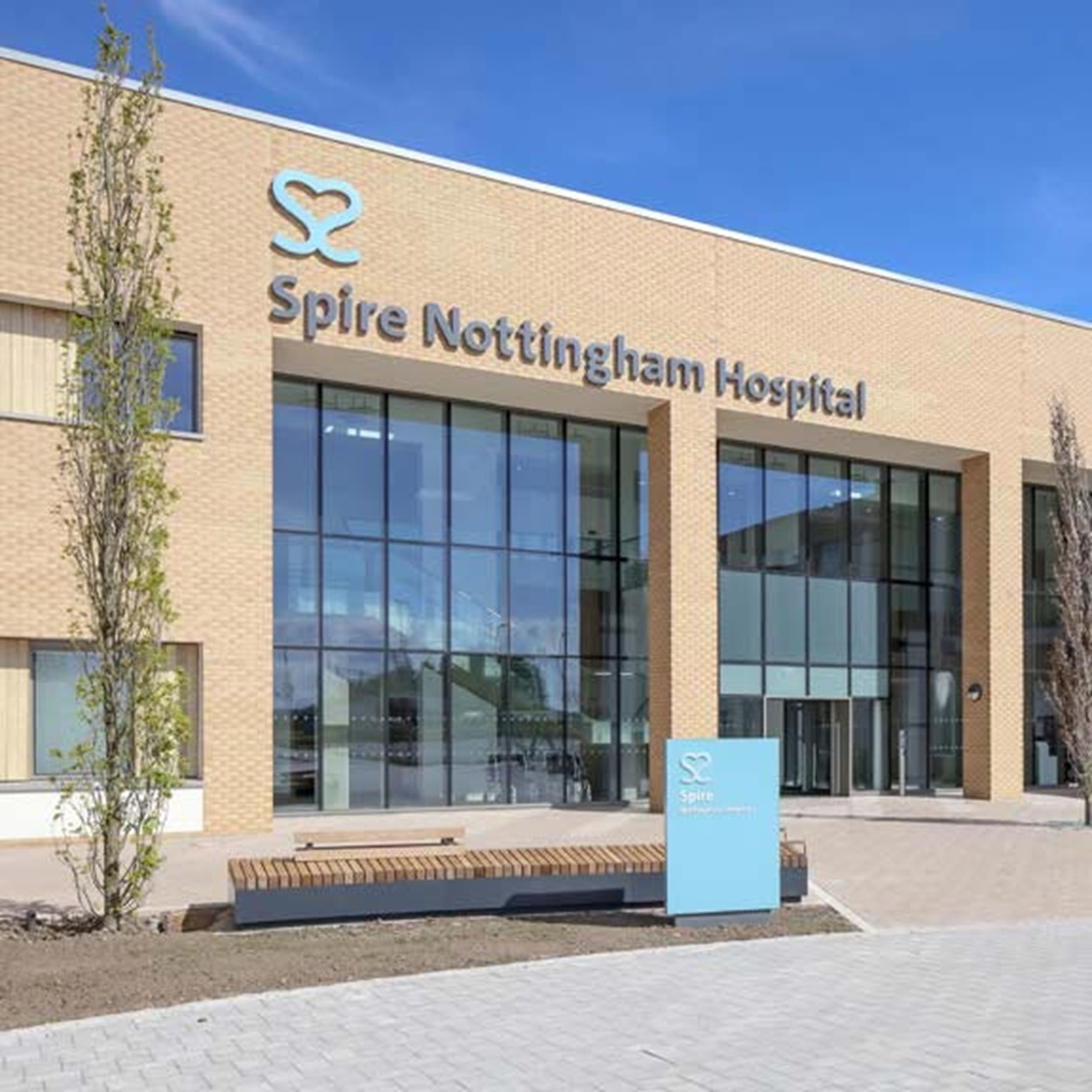In retinal detachment surgery the aim is to seal retina detachment holes using a freezing treatment or laser treatment, and then to support the retina with either a gas bubble in the eye or silicon explants stitched to the outside of the eye.
Why you might need it
The retina is a thin layer of nerve cells that lines the inside of the eye. It is sensitive to light (like the film in a camera) and you need it to be able to see. Without treatment, this condition usually leads to blindness in the eye affected.
Your retina is detached because it has one or more holes in it. These holes allow fluid to pass beneath the retina, causing separation from the underlying, supporting and nourishing tissues. You may have some bleeding into the vitreous (the jelly substance in the centre of the eye), causing further clouding of the vision, flashes and floaters.
The treatment involves surgery. During the operation, the surgeon will seal the retinal holes and re-attach your retina.
In retinal detachment surgery the aim is to seal retina detachment holes using a freezing treatment or laser treatment, and then to support the retina with either a gas bubble in the eye or silicon explants stitched to the outside of the eye.
Retinal detachment surgery endeavours to prevent you from going blind and help you see more clearly. You have already lost some sight. If the surgery is successful, it will usually bring back some, but not all of your sight.
Find a Spire hospital offering this treatment

Who will do it?
Our patients are at the heart of what we do and we want you to be in control of your care. To us, that means you can choose the consultant you want to see, and when you want. They'll be with you every step of the way.
All of our consultants are of the highest calibre and benefit from working in our modern, well-equipped hospitals.
Our consultants have high standards to meet, often holding specialist NHS posts and delivering expertise in complex sub-specialty surgeries. Many of our consultants have international reputations for their research in their specialised field.
Before your treatment
You will have a formal consultation with a healthcare professional. During this time you will be able to explain your medical history, symptoms and raise any concerns that you might have.
We will also discuss with you whether any further diagnostic tests, such as scans or blood tests, are needed. Any additional costs will be discussed before further tests are carried out.
Preparing for your treatment
We've tried to make your experience with us as easy and relaxed as possible.
For more information on visiting hours, our food, what to pack if you're staying with us, parking and all those other important practicalities, please visit our patient information pages.
Our dedicated team will also give you tailored advice to follow in the run up to your visit.
Before the operation, we will give you eye drops to enlarge your pupils. You may feel tired and sleepy for about six to twelve hours after the operation. Your good eye is often examined while you are asleep to ensure it is healthy and to give you protective treatment, if necessary. This may mean that both eyes are red and uncomfortable after the surgery.
The procedure
Patients have a choice of either general or local anaesthetic.
Your consultant will discuss which surgery option is most likely to be successful with the minimal amount of risk as there are many types of surgery, and is dependent on the patient.
Retinal holes can be sealed by applying supports on the wall of the eye. These supports are made of sponge or solid silicone material. They are placed under the covering of the eye (conjunctiva), and they usually stay there permanently. Other people will not usually notice them.
In some cases, the jelly-like substance called the vitreous, needs to be removed. This is called vitrectomy. During this operation, your consultant will make three needle-sized holes in the eye and remove the vitreous, replacing it with a gas or liquid silicone oil bubble.
This bubble acts as a support to hold the retina in position to help it to heal. If we use a gas, your normal body fluids will replace it naturally over time. If we use silicone, we may need to remove this with another operation several months after your first operation
Occasionally small absorbable sutures will be put into the eye to ensure the wound is secure. At the end of the operation, we may put a pad or bandage over your eye to protect it and reduce swelling.
Aftercare
If you have discomfort, we suggest that you take a pain reliever, such as paracetamol, every four to six hours. It is normal to feel itching, sticky eyelids and mild discomfort for a while after retinal detachment surgery. It is common for your eye to water. Occasionally, the area surrounding the eye can become bruised. Any discomfort should ease after two to three days. In most cases, your eye will take about six weeks to heal.
We will give you eye drops to reduce any inflammation, to rest the eye and to prevent infection. We will explain how and when you should use them. Please do not rub your eye.
Certain symptoms could mean that you need prompt treatment. Please contact your consultant or the local eye casualty immediately if you have any of the following symptoms:
- A lot of pain
- Loss of vision
- Increasing redness of the eye
Posturing
A gas or silicone bubble will be put in the eye and you will be asked to keep your head and body in a particular position. This is called ‘posturing’ and aims to provide support to seal the holes in the retina. The bubble floats inside the eye cavity and we will usually ask you to hold your head in a position so that the bubble lies against the holes.
This is an important part of the treatment and the position you hold your head in will depend on where the holes are in your retina. We may also advise you to sleep in a certain position at night. By following the instructions, you will give your retina the best chance to be successfully treated. Your co-operation matters a great deal.
When you have a gas bubble in your eye, you must not travel by aeroplane.
Retinal detachment surgery is not always successful. Every patient is different. Detached retinas are complicated to treat. Some patients may need more than one operation. Your consultant will talk to you about the chances of success in your particular case. Unfortunately, in difficult cases, vision can be lost following retinal surgery. However, without surgery the majority of eyes would definitely lose vision.
There is a risk of complications, either during or after the operation. Minor complications are common and in most cases we can treat them effectively. Very rarely, some complications can result in blindness.
If the first operation is not successful, you will need to have more surgery. If you have a vitrectomy to repair your retinal detachment, you will probably require cataract surgery 6-12 months following your retinal surgery.
Why choose Spire?
We are committed to delivering excellent individual care and customer service across our network of hospitals, clinics and specialist care centres around the UK. Our dedicated and highly trained team aim to achieve consistently excellent results. For us it's more than just treating patients, it's about looking after people.
Important to note
The treatment described on this page may be adapted to meet your individual needs, so it's important to follow your healthcare professional's advice and raise any questions that you may have with them.

